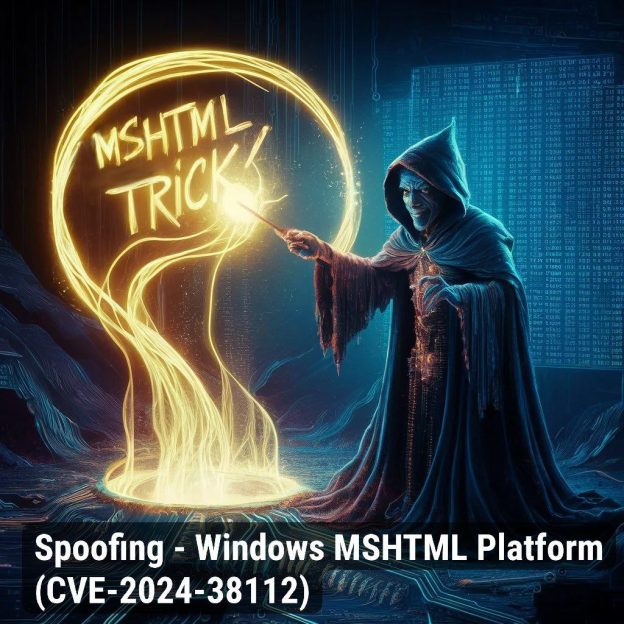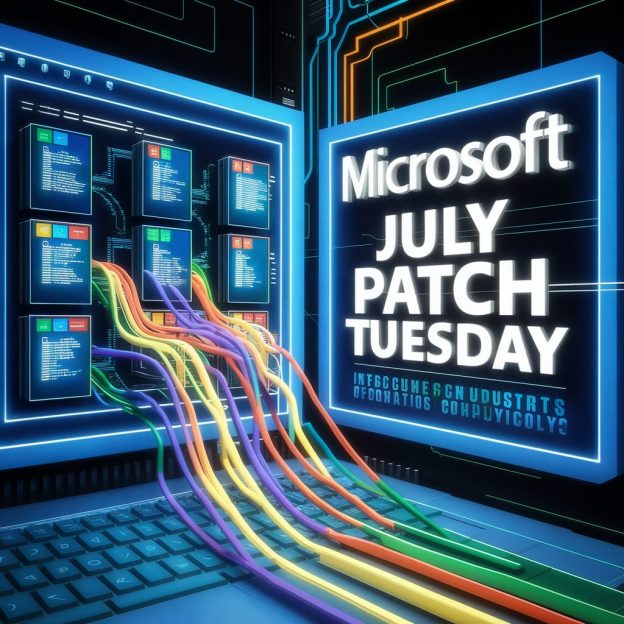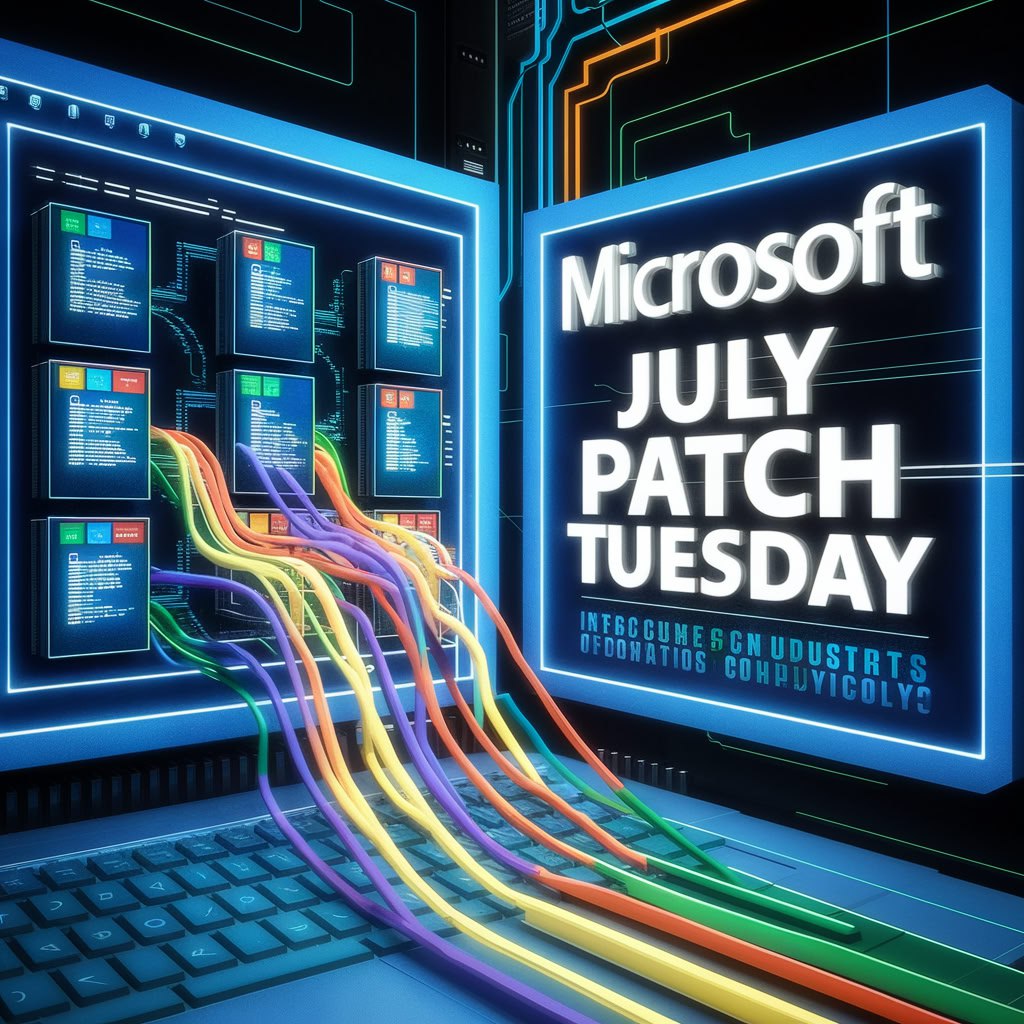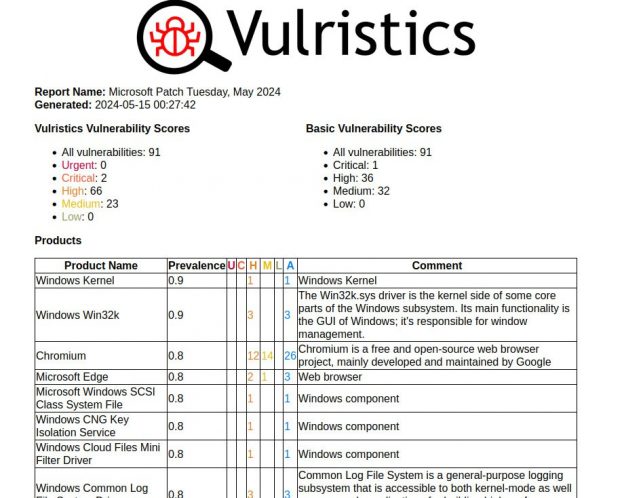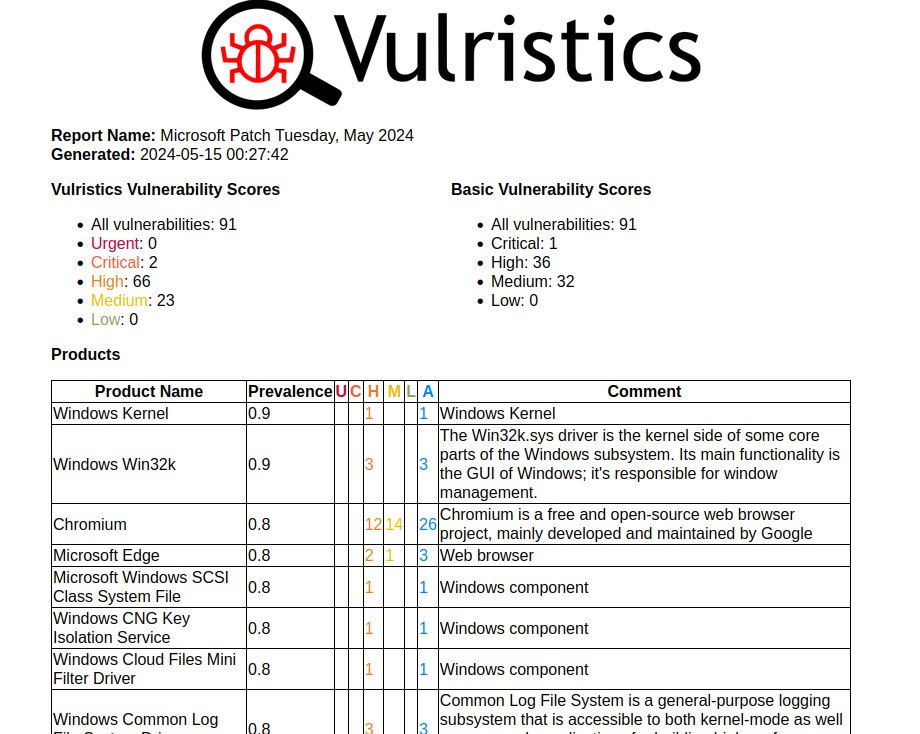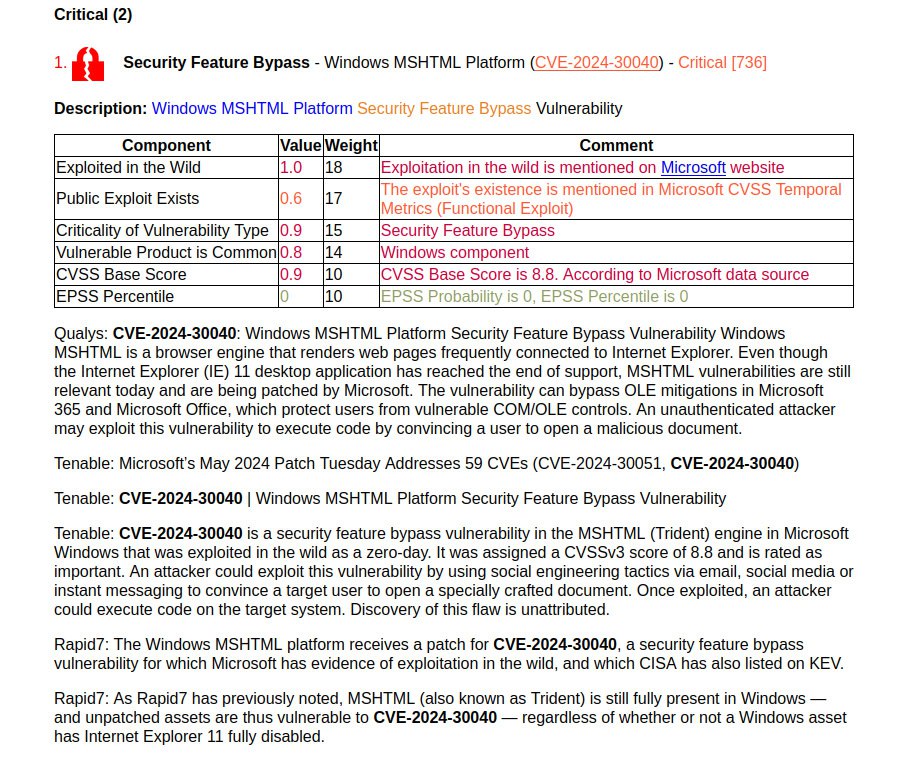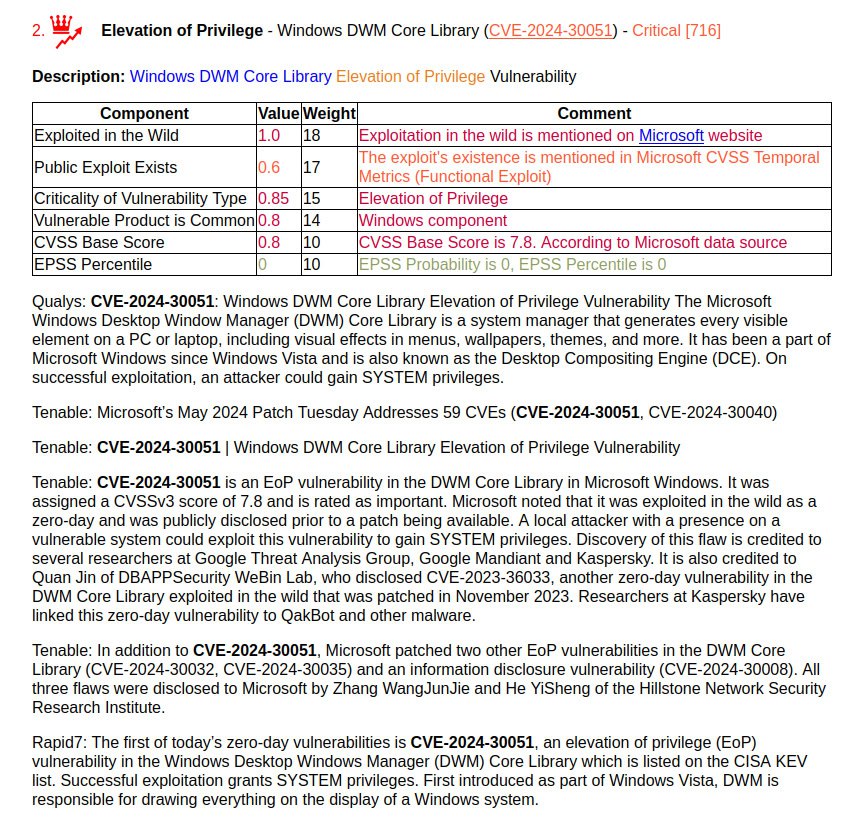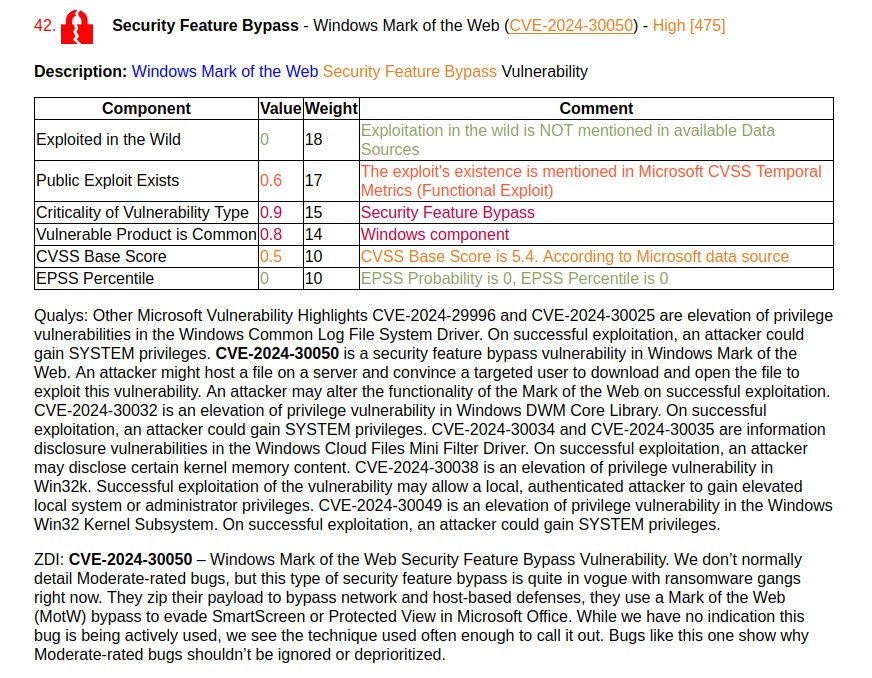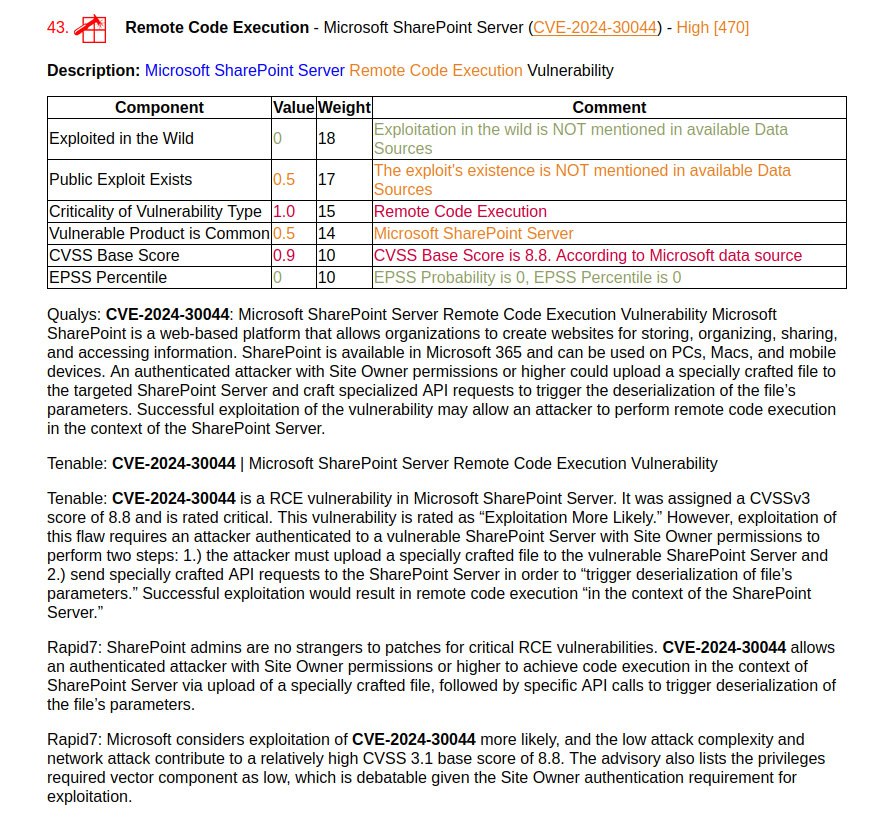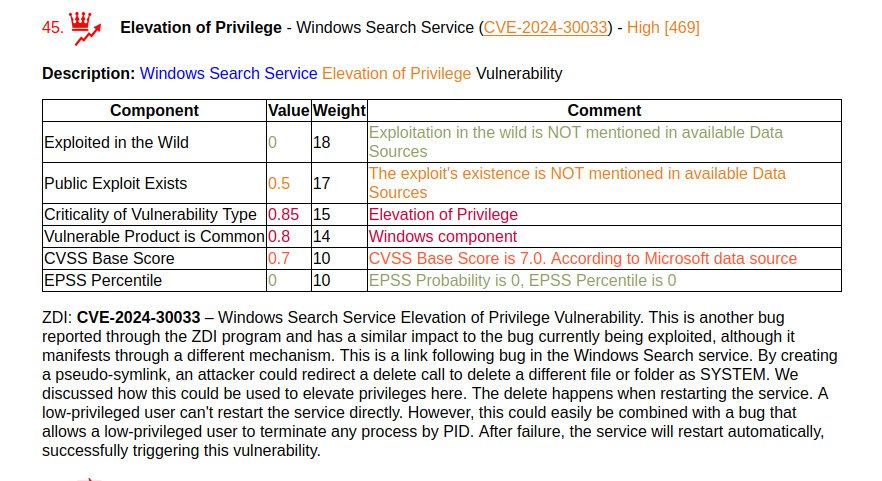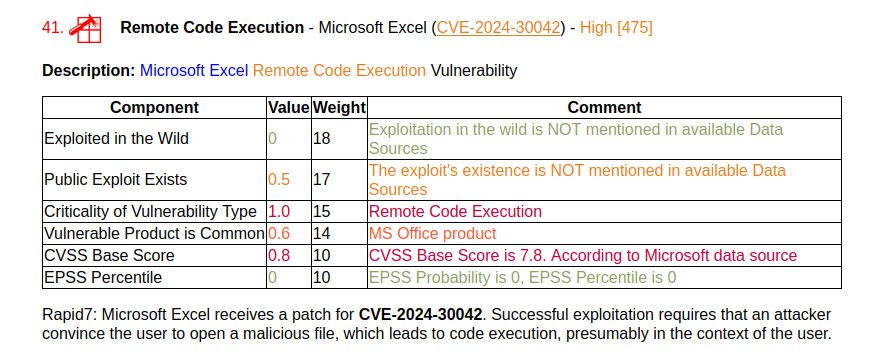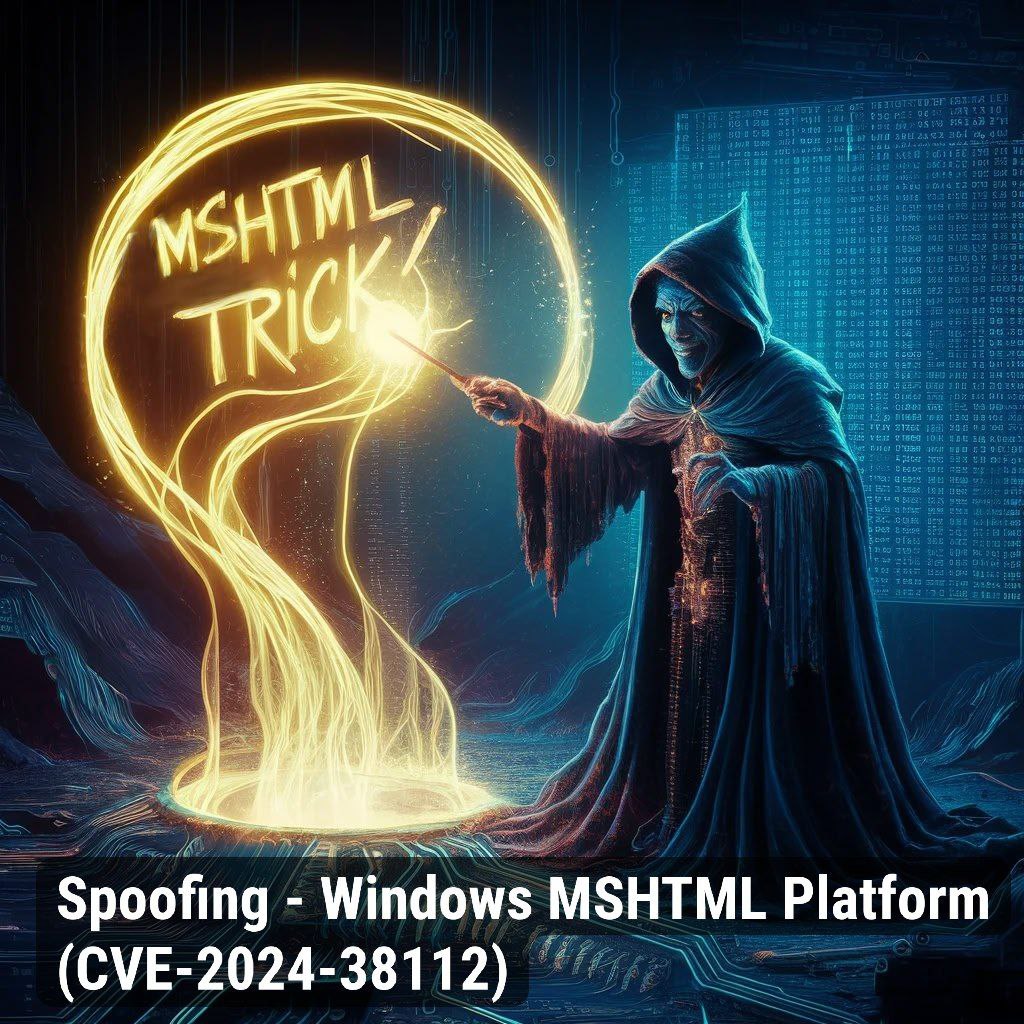
What is known about Spoofing – Windows MSHTML Platform (CVE-2024-38112) from the July Microsoft Patch Tuesday?
🔻 According to Check Point, attackers use special “.url” files with icons that look like PDF documents. If the user clicks on the file and ignores 2 uninformative warnings, then a malicious HTA application is launched in the outdated Internet Explorer browser built into Windows. 😱 Why in IE? This is all due to the processing of the “mhtml:” prefix in the “.url” file. The July update blocks this. 👍
🔻 Check Point found “.url” samples that could date back to January 2023. According to Trend Micro, the vulnerability is exploited by the APT group Void Banshee to install the Atlantida Stealer malware and collect passwords, cookies and other sensitive data. Void Banshee add malicious “.url” files to archives with PDF books and distribute them through websites, instant messengers and phishing.

